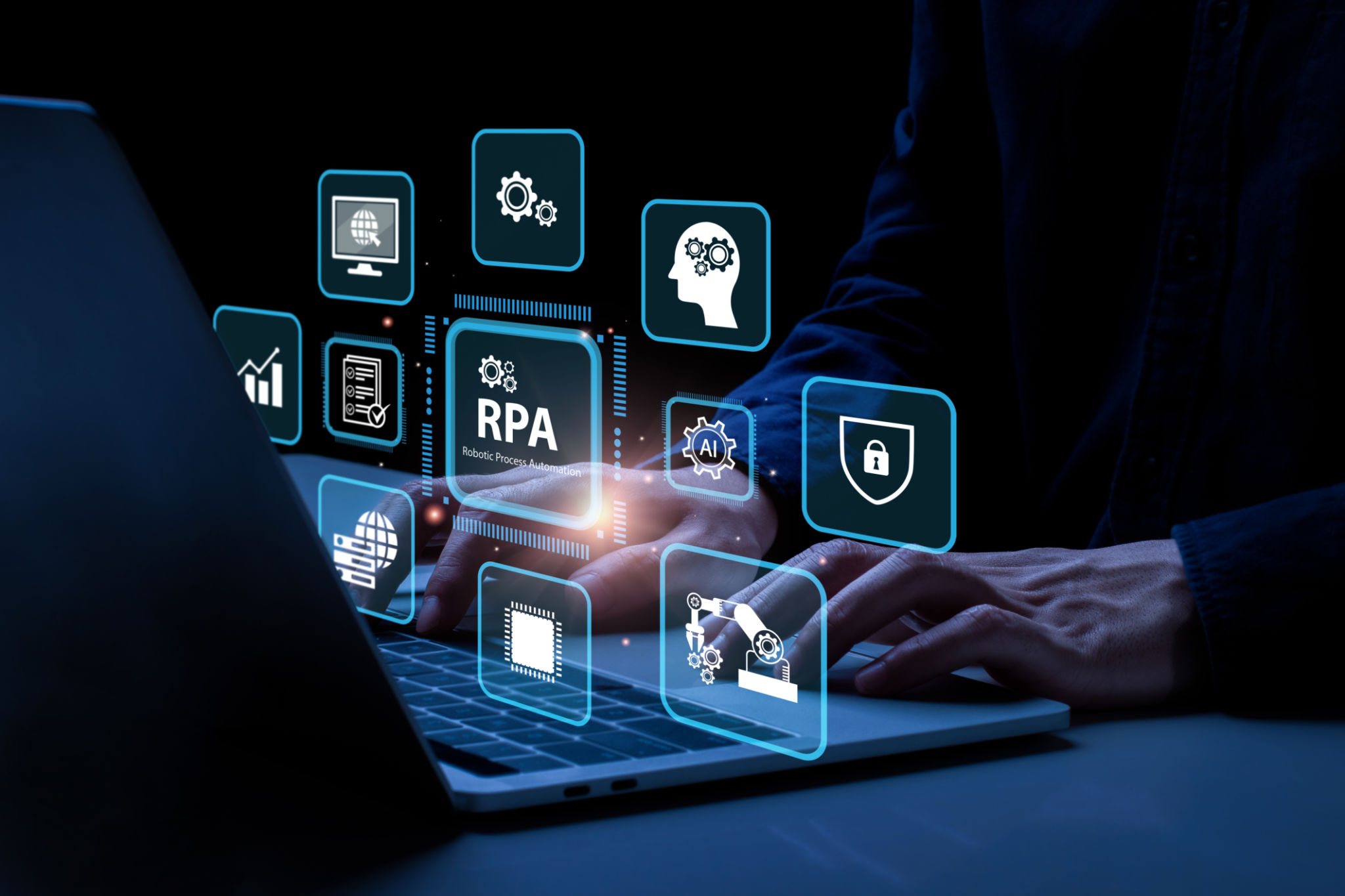Automation Trends for Businesses This Year: Insights and Predictions
Automation has become a cornerstone of modern business strategy, enabling companies to enhance productivity, reduce costs, and streamline operations. As we delve into this year, several automation trends are emerging, promising to reshape the business landscape.

The Rise of Hyperautomation
Hyperautomation, an advanced level of automation, involves the use of multiple technologies such as artificial intelligence (AI), machine learning, and robotic process automation (RPA) to automate complex business processes. This trend is gaining momentum as businesses aim to automate beyond traditional repetitive tasks and move towards more sophisticated processes.
Companies adopting hyperautomation are experiencing significant improvements in efficiency and accuracy. By integrating multiple tools and technologies, businesses can create an interconnected environment that allows for seamless data flow and decision-making.
Key Benefits of Hyperautomation
- Increased Efficiency: Automating complex workflows reduces the time needed for manual intervention.
- Improved Accuracy: Automated processes minimize human error, leading to higher quality outputs.
- Scalability: Businesses can easily scale operations without a proportional increase in costs.
The Impact of AI and Machine Learning
AI and machine learning continue to be at the forefront of automation trends. These technologies are enabling businesses to gain deeper insights from their data, optimize decision-making, and offer personalized customer experiences. The ability to predict customer behavior and market trends is transforming how businesses operate.

Moreover, AI-driven chatbots and virtual assistants are becoming more sophisticated, allowing companies to enhance customer service and engagement. This level of automation not only improves response times but also frees up human resources to focus on higher-value tasks.
Industries Leading the AI Revolution
Industries such as finance, healthcare, and retail are leading the charge in AI adoption. The finance industry uses AI for fraud detection and risk management, while healthcare leverages it for patient diagnostics and personalized medicine. Retailers are utilizing AI to enhance inventory management and customer recommendations.
RPA: Streamlining Business Processes
Robotic Process Automation (RPA) continues to be a game-changer for businesses looking to automate routine tasks. RPA robots can mimic human actions to perform repetitive tasks across various applications without altering existing infrastructure. This makes RPA an attractive option for businesses seeking quick returns on their automation investments.

As RPA tools evolve, they are becoming more intuitive and user-friendly, enabling even non-technical staff to deploy them effectively. This democratization of technology empowers employees at all levels to contribute to the automation journey.
Future Predictions for Automation
- Integration with Cloud Technologies: Automation tools will increasingly be integrated with cloud platforms to ensure scalability and flexibility.
- Increased Focus on Cybersecurity: As automation proliferates, ensuring robust cybersecurity measures will become paramount.
- Greater Emphasis on Data Analytics: Automation will drive a need for enhanced data analytics capabilities to leverage insights effectively.
This year, businesses that embrace these automation trends will likely gain a competitive edge, positioning themselves for sustained growth and innovation. As technology continues to advance, staying informed about these trends is crucial for making strategic decisions that drive success.